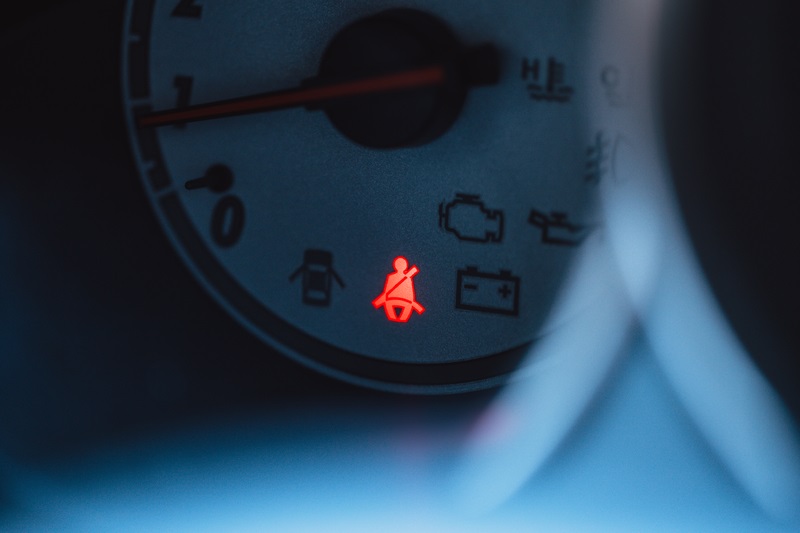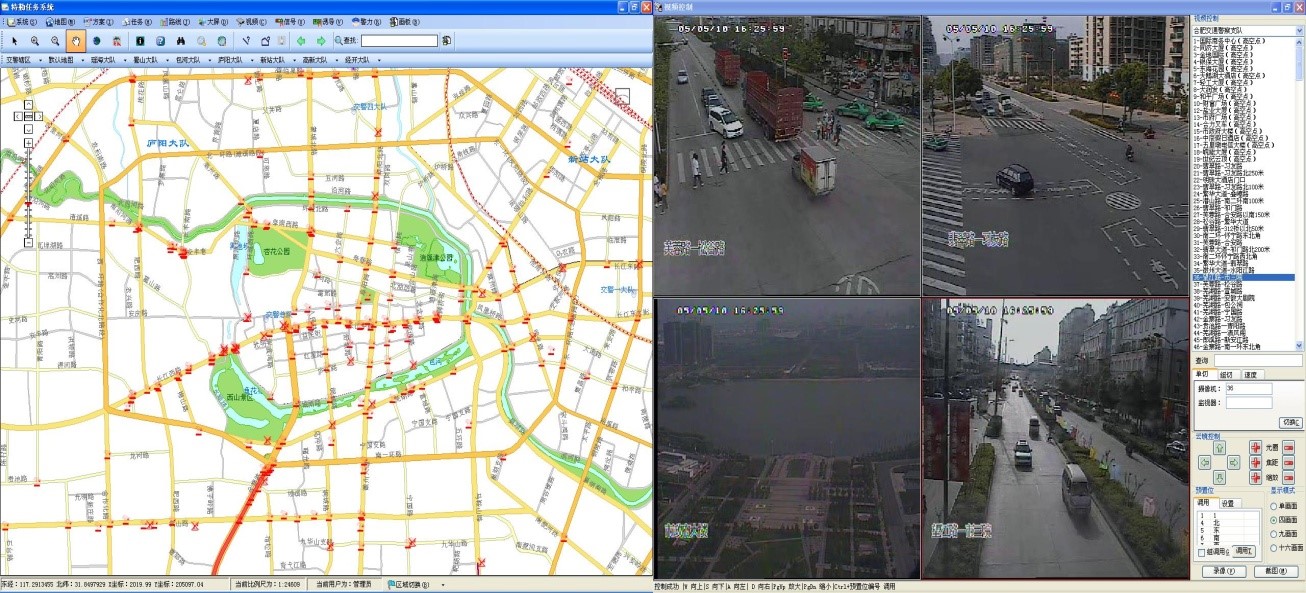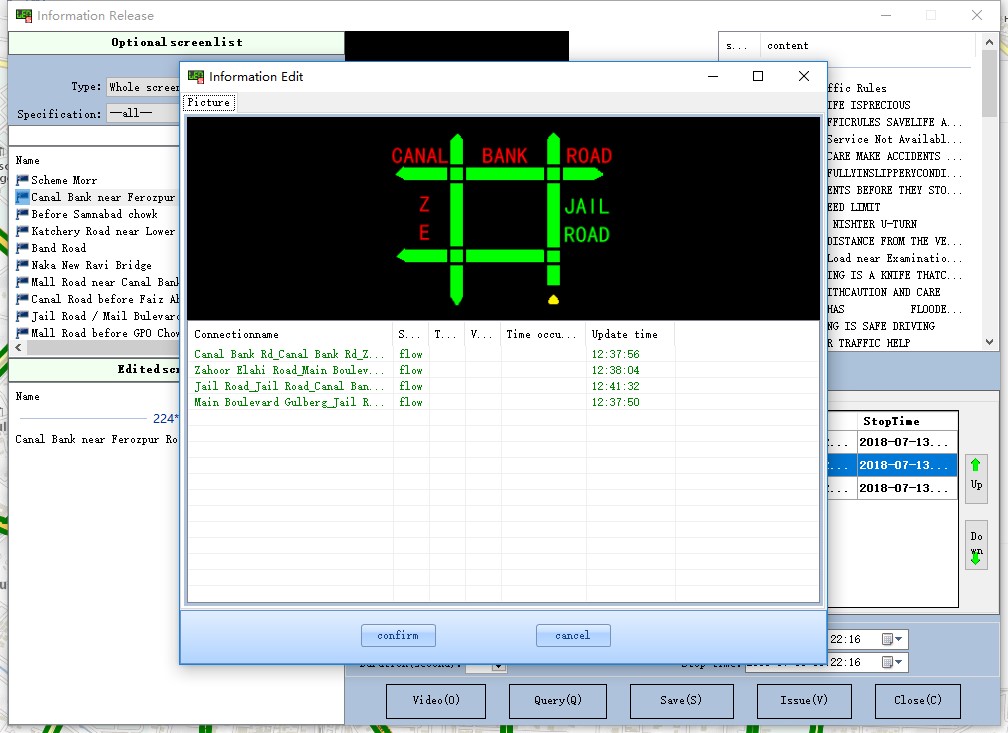
Safety is always the top concern when it comes to traffic design and management.
World Health Organisation figures suggest that 1.35 million people are killed on roadways around the world each year.
This brings average daily road fatalities to almost 3,700 worldwide. More than half of those killed are pedestrians, motorcyclists and cyclists.
Governments are always actively protecting people’s lives by introducing various laws to prevent tragedies from happening. These are for the benefit of citizens – even if some don’t see them that way, such as the mandatory wearing of seatbelts or the ban on using mobile phones when driving.
As with many traffic violations, traditionally it required a patrolling officer to actually see a driver commit them.
The latest Huawei cameras connected to the company’s Intelligent Traffic Management Solution (ITMS) platform can both see and confirm these kinds of offences.
Currently most traffic enforcement professionals would agree that citizens see little chance of being caught, so will try to get away with talking on their mobile or leaving their seatbelt off.
However, the use of technology to ensure many instances are now identified and prosecuted will ensure a change in driver behaviour - to the benefit of all.
Lane restrictions
Another example of traffic innovation for the overall benefit of citizens is the use of restricted lanes for buses, taxis, cyclists and so on.
So, if drivers choose to leave their cars at home and make use of other forms of transport, they gain the benefit of lanes without normal traffic.
Unfortunately, some see this as an opportunity to abuse these for their own benefit.
Fortunately, the ITMS has the ability to recognise vehicles driving in these restricted lanes and check that the vehicle is permitted to be there. If it is not, the system records the appropriate evidence and ensures it can be used in the prosecution process.
The ability to give accurate situational awareness in a city through monitoring traffic movement and behaviours is a great enhancement to decision makers, but it has to be given context.
This means that linking the ITMS to a geographic information system (GIS) is critical, and decision makers can be made aware of likely consequences to all parts of a city.

When situational awareness identifies a scenario that needs intervention to ensure congestion and economic disruption are minimised, there are two key options for the authorities.
First, they can use the traffic information system to display messages to motorists about snarl-ups, allowing them to make decisions about their journeys. This could lead them to take alternative routes or even decant onto public transport.
Second, they can make a more positive intervention by dynamically adjusting traffic lights to force traffic onto different routes.
Traffic lights exist within a very carefully balanced ecosystem across a city and, normally, any changes to a single light or group of lights will have knock-on consequences to the whole city.
Easing congestion
However, within the Huawei ITMS, the latest Artificial Intelligence (AI) ensures that the intervention to deal with localised congestion takes place through traffic light adjustments for the shortest time possible and then takes account of wider impacts.
For some foreseeable volume-based congestions, these interventions can be predicted and pre-programmed.
Unique to the platform, customers can choose between either using the company's latest software-defined cameras (SDCs) to do the offence detection, or using non-SDCs and backhauling the video feed to the platform in the data centre for processing.

With the SDCs, they can be programmed from a section of smart algorithms to perform different tasks through the day. Either way, customers will have industry-leading cameras and data centres.
So, the ITMS represents the application of the very latest video technology analysis to identify traffic behaviours and offences.
This allows decision makers to make the most informed decisions about managing traffic in any city.
The ITMS can serve as the eyes and ears, as well as a brain, to instantly analyse the situation and act in real time by linking to the GIS and transport facilities.
However, any capability that can make such a huge difference to the way a city is run clearly has to be reliable.
Huawei has a strong heritage in reliable cloud-based platforms, utilising industry-leading networking, storage and processing technology.
We offer our latest Powercube technology to ensure maximum green efficiency in the camera-mounting locations. Our visualised service management tools allow for remote support to the back-end platforms.
Legal issues
The company has a clear position on legal compliance: it will never knowingly break laws in any country it works in - and this includes ensuring that the design and operation of any platform installed for a customer also complies.
Failure to do so would put the legitimacy of any prosecutions at risk and impinge on the credibility of the government to enforce traffic laws.

So great effort is put into ensuring the ITMS platform is fully aligned with the legal systems of all customer countries. These systems differ, but a specific area of concern for many countries is compliance with privacy laws – and any platform that identifies vehicles and, occasionally, the drivers themselves falls within that bailiwick.
Moreover, for the ITMS platform to work effectively it needs to be connected to a number of databases that contain a lot of information about drivers and vehicles – which again is a major privacy issue. Cognisant of this, Huawei has adopted the principle of ‘privacy by design’ in its approach to the ITMS platform.
The capabilities of the ITMS has already been demonstrated in the Ivory Coast and Pakistan. In both cases there have been marked improvements in congestion and notable reductions in accidents and traffic offending rates.
In Abidjan, the economic capital of Ivory Coast, the system of more than 10 traffic guidance screens, six e-Police cameras, over 20 licence plate recognition cameras plus more than 10 automatic number plate recognition systems has vastly reduced traffic violations.
Meanwhile in the city of Lahore, Pakistan, the ITMS helped reduce red light violations by two thirds and traffic accidents by a dazzling 83%. In the first two months of its deployment in 2017, more than 130,000 electronic tickets were issued to traffic offenders.
So for any city that has either no traffic management solution or an older, siloed system, the ITMS represents a positive investment in a platform that will assist traffic safety, congestion reduction – and, through that, enhance economic development.
When integrated into a wider digital transformation, the ITMS capabilities and data can be repurposed to assist in wider city management and planning, making the city an attractive location for investment and development.
Click here for more information on all these innovative solutions to keep us safer.
ABOUT THE AUTHOR:

Andrew Watson is global government industry expert with Huawei's Enterprise Business Group
Content produced in association with Huawei











